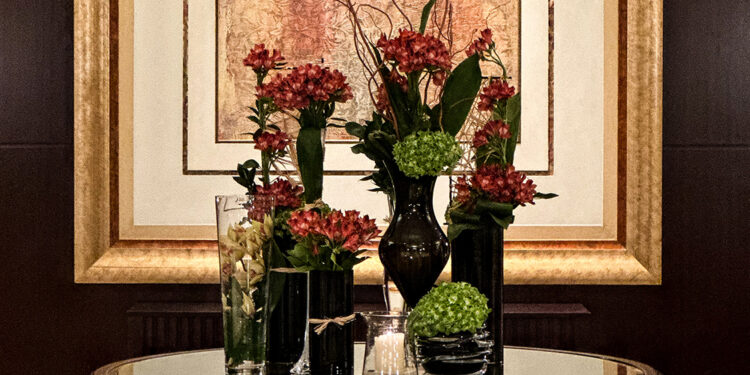I followed the group through a hidden route out of the hotel complex, through a bar and restaurant, and into a side lobby. Emerging, I was confronted by a flower arrangement and an art piece hanging in an alcove. I did not see anywhere I could sit or wait in this space. If one wanted to remain, the choice was to stand quietly, unnoticed and likely unobserved.
In the quietness of the moment, I realised I was experiencing an invitation to enter and be in life’s sacred space. This one was not connected to any faith system. I do not think it was intentional. The space was open, generally ignored, and, in the main, optional to everything else around it. I smiled as I realised that this space illustrated the increasing lack of relevance of sacred spaces for many. Even when one enters a sacred space, the person returning is left unchanged as measured by how s/he drives or interacts with others in their lives.
This space offered me a different understanding of my Divine invitation to be in Her presence.
Sacred places can be personal and intimate as well as shared and open. I realised how much I need my time with Divinity. It restores my heart and mind, giving me renewed hope and a belief in my ability to make a difference. This time is personal and intimately touches the most sacred parts of what defines me. I also long for community and all that comes from shared experiences. Too often, this definition is limited to a building or an institution. As an example of an alternative, I experienced the joys of being in a sacred place with others, breaking food and sharing our lives.
Divinity designs sacred spaces with an open invitation for us to join her. When I respond, I find myself embraced by Divinity as she is “conducting worship in the one true sanctuary built by God” (Hebrews 8.2) in my heart and mind.
Sacred spaces can grow as I bring them to others. Experiencing divinity can occur anywhere, anytime.




